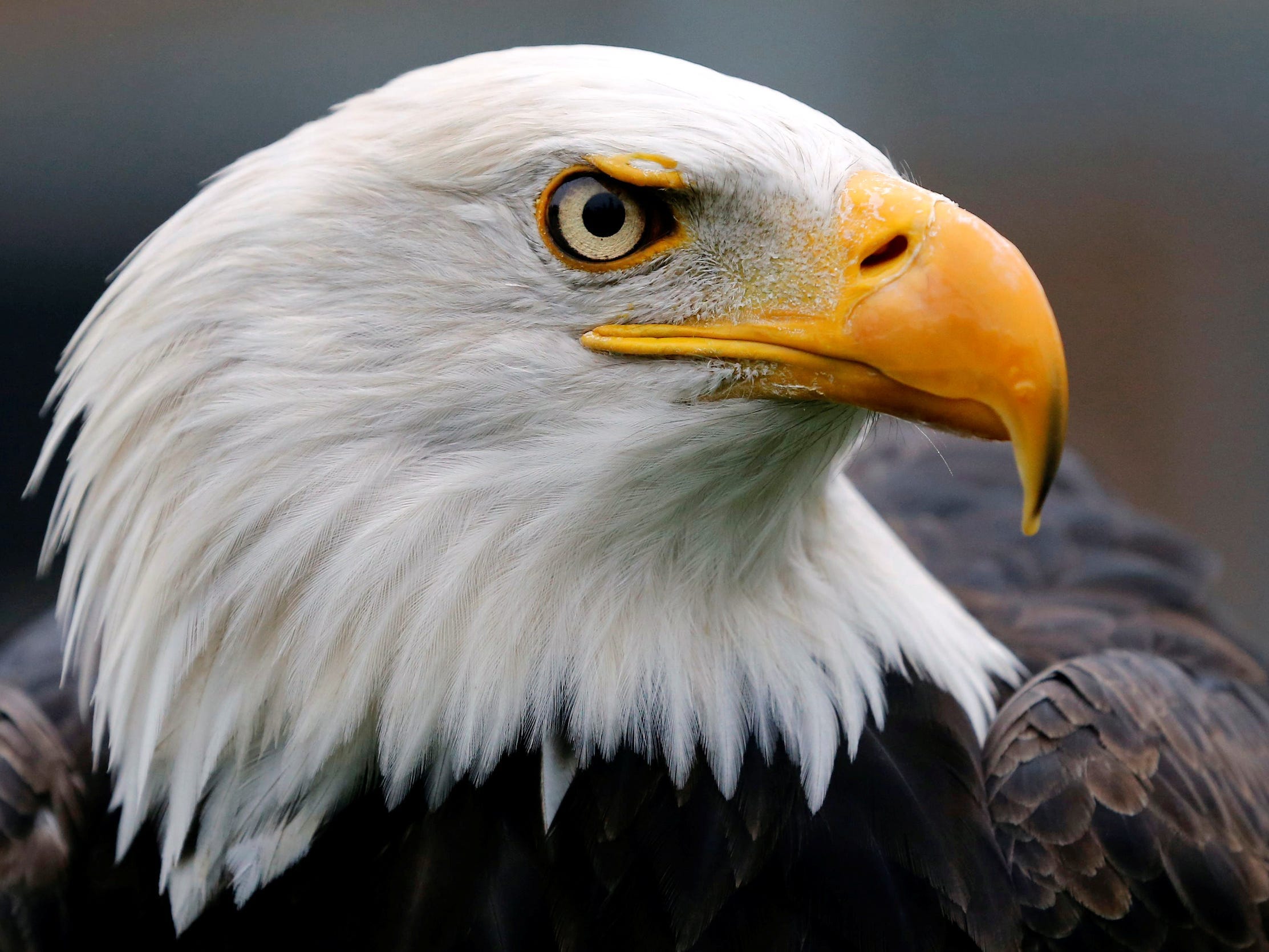
REUTERS/Regis Duvignau
- American eagles, symbols of courage and freedom, may have been poisoning themselves for years.
- Scientists have found that 82% of the bald eagles they studied were exposed to rat poison.
- This poses a threat to the health and survival of the birds, which are indigenous to North America.
- Visit Insider's homepage for more stories.
American eagles, symbols of courage and freedom, may have been poisoning themselves for years, say scientists.
A new study from the University of Georgia found that some 80% of the American eagles they tested had rat poison in their bodies.
The scientists studied carcasses of bald and golden eagles found between 2014 and 2018 and found that of the 116 bald eagles examined, 96 had been exposed to poison. They also found rat poison in 13 of the 17 golden eagles they studied.
The rat poison found in the eagles' bodies was anticoagulant rodenticide – sometimes branded as d-Con or Havoc.
The researchers think that the eagles may have consumed the poison through one of their major food sources, rats.
"Although the exact pathways of exposure remain unclear, eagles are likely exposed through their predatory and scavenging activities," said Mark Ruder, assistant professor at the University of Georgia College of Veterinary Medicine's Southeastern Cooperative Wildlife Disease Study to CNN.
Ruder added that rat poison could linger in the bird's body for years and cause internal bleeding.
CNN also spoke to Scott Edwards, professor of zoology and a director of graduate studies at Harvard University, who said that the unnecessary use of rat poison to kill rodents was inadvertently "killing some of our most majestic bird species."
"Humans need to understand that when those compounds get into the environment, they cause horrible damage to many species, including our national symbol, the bald eagle," he said.
In the last several decades, the US Fish and Wildlife Services has managed to help the bald eagle population in North America survive and thrive. Excessive hunting and DDT poisoning - due to an overuse of the insecticide, which thinned the eagles' eggshells and rendered them unable to reproduce - made their numbers dip drastically in the 1960s.
The population quadrupled from 2009 to 2019. There are now around 300,000 bald eagles in the US.
There are multiple federal regulations in place to protect bald and golden eagles, despite both species no longer being endangered, including state and municipal protections like the Eagle Act, the Migratory Bird Treaty Act, the Lacey Act.